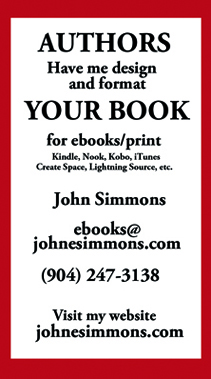At the end of the year, it’s time for new resolutions such as setting daily word goals and getting organized. Here are some tips for organization.
1. Download and use Scrivener. It’s advertised as a manuscript and script writing tool to replace your various word processors. The software is much more. It works for blog posts, podcast scripts, novels, short stories, recipes and any other writing you think of. In addition to a writing tool, it’s also an organizational tool. There are templates included with Scrivener for various types of writing – and others you can download from the Literature and Latte site. Plus, it’s easy to create your own. It takes a while to learn, but I’ve found the time a good investment.
It sets up a file structure, and there are templates for novel outlining. I find this organization system better than using word associations or mind mapping. It includes a binder for keeping things together. It keeps up with your word count and goals. There’s an inspector so you can add notes to yourself.
2. When working, use the Pomodoro system. The philosophy is that you can make yourself do almost anything for 25-minutes. Set a timer for 25-minutes and go to work. Then take a 5-minute break. If your working on a computer, the five minutes is great for resting your eyes. The name Pomodoro comes from the creator’s use of a kitchen timer shaped like a tomato. He lived in Italy at the time, and pomodoro is Italian for tomato. I use an electronic timer with two clock functions – I set one for 25-minutes and the other for 5-minutes. It automatically alternates between the two. Here’s the one I use.
3. Buy a copy of Getting Things Done by David Allen. Unlike other books about personal organization, Allen’s makes your life easier. He says that the brain is to be used for creativity, not remembering things. He has you write down everything you need to do, want to do, or might ever want to do and put it all in one place. Then you write out a Next-Action step – whatever needs to be done next. When you have them all collected, you can work on whichever you want. You don’t have to worry that you’ve forgotten anything. You can do your collecting in a paper notebook or electronically. There are Getting Things Done apps for you phone or iPad, but there is also a Scrivener template.
A lot of posts and books put you through exercises to discover your feelings about writing. I found in the newsroom that a professional writer can’t be worried about such – roll a piece of paper into the typewriter and get to work. These tools will help you.


